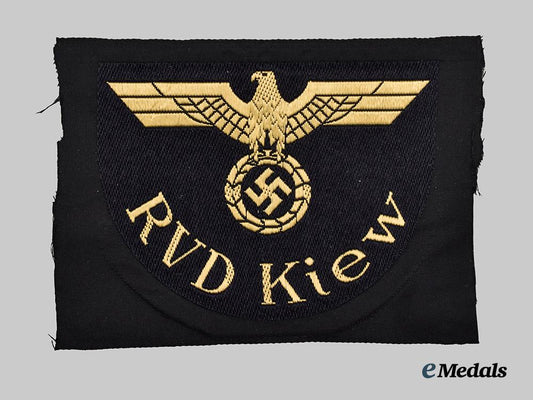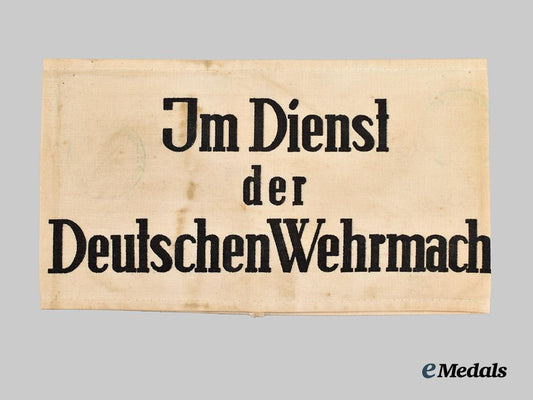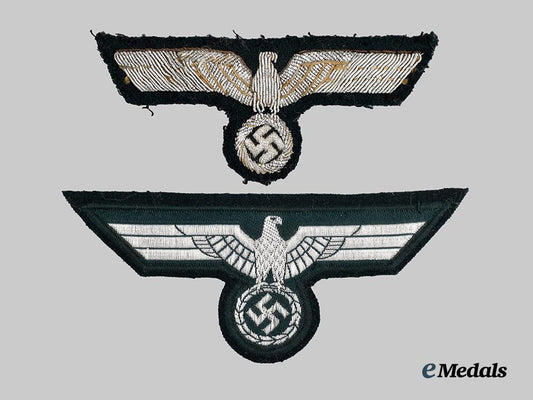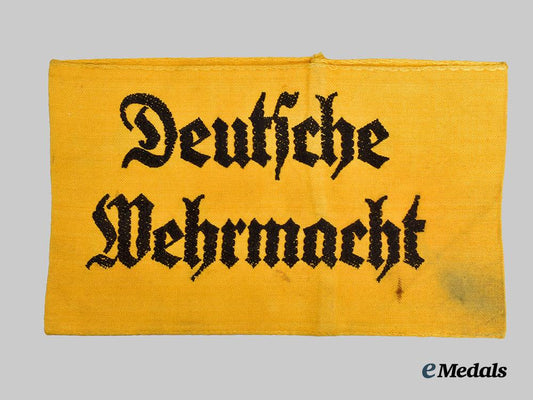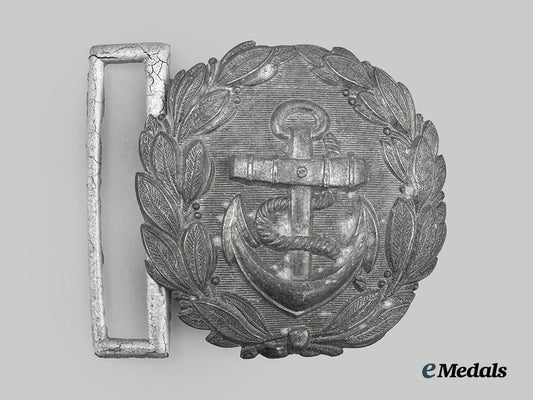
LOADING ...
In response to evolving domestic opinion, eMedals Inc has made the conscious decision to remove the presentation of German Third Reich historical artifacts from our online catalogue. For three decades, eMedals Inc has made an effort to preserve history in all its forms. As historians and researchers, we have managed sensitive articles and materials with the greatest of care and respect for their past and present social context. We acknowledge the growing sentiments put forth by the Canadian public and have taken proactive actions to address this opinion.
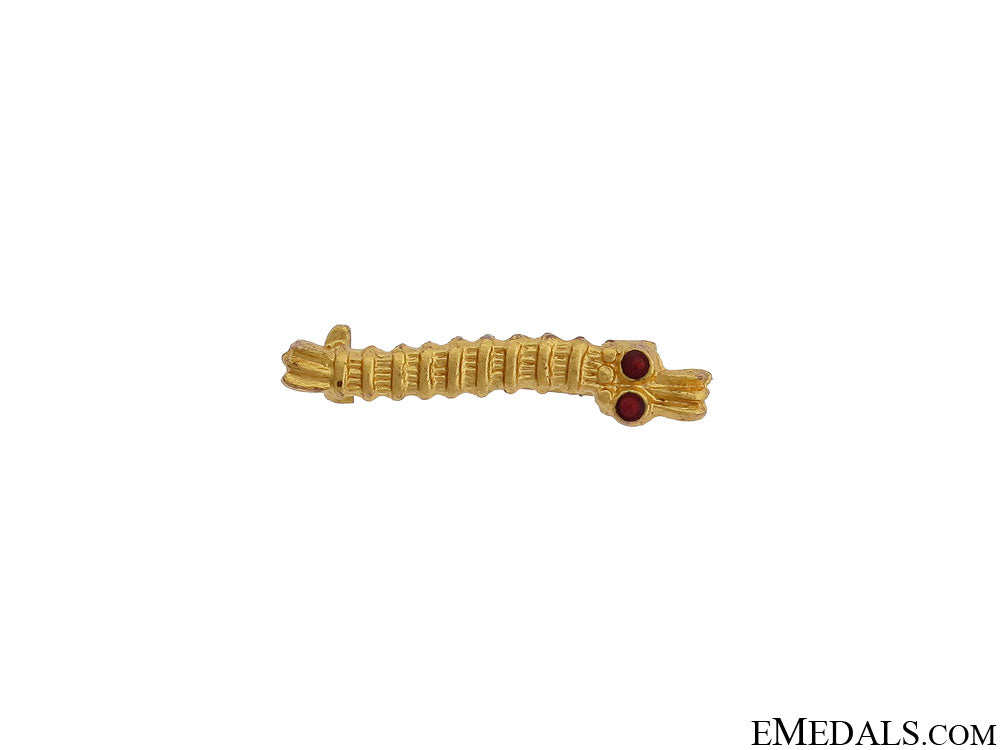
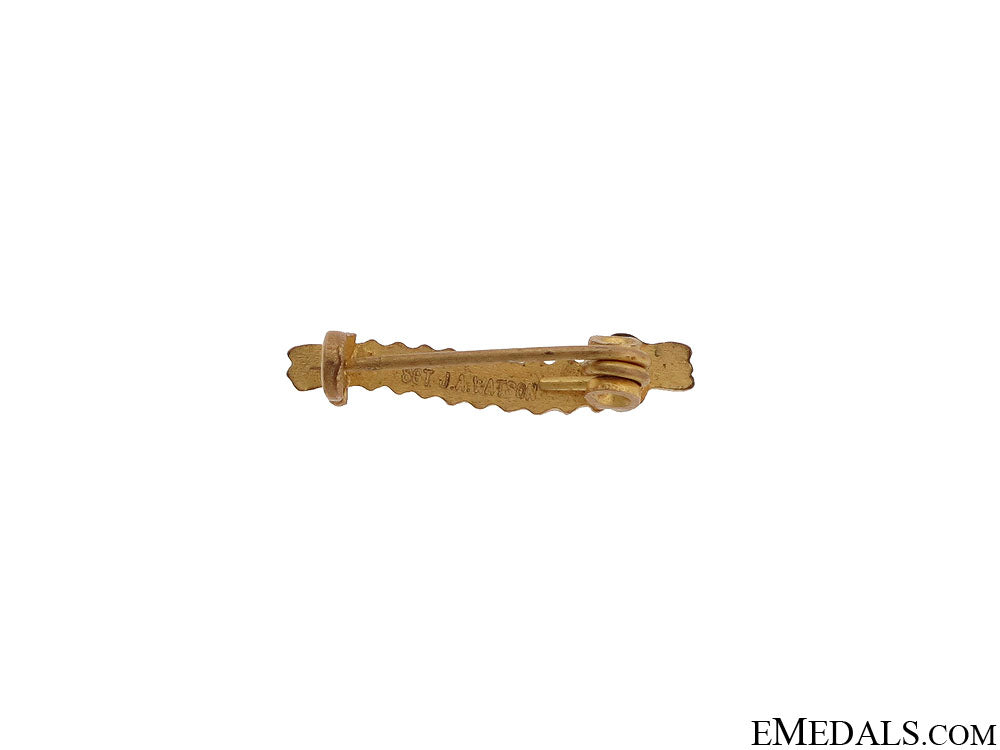
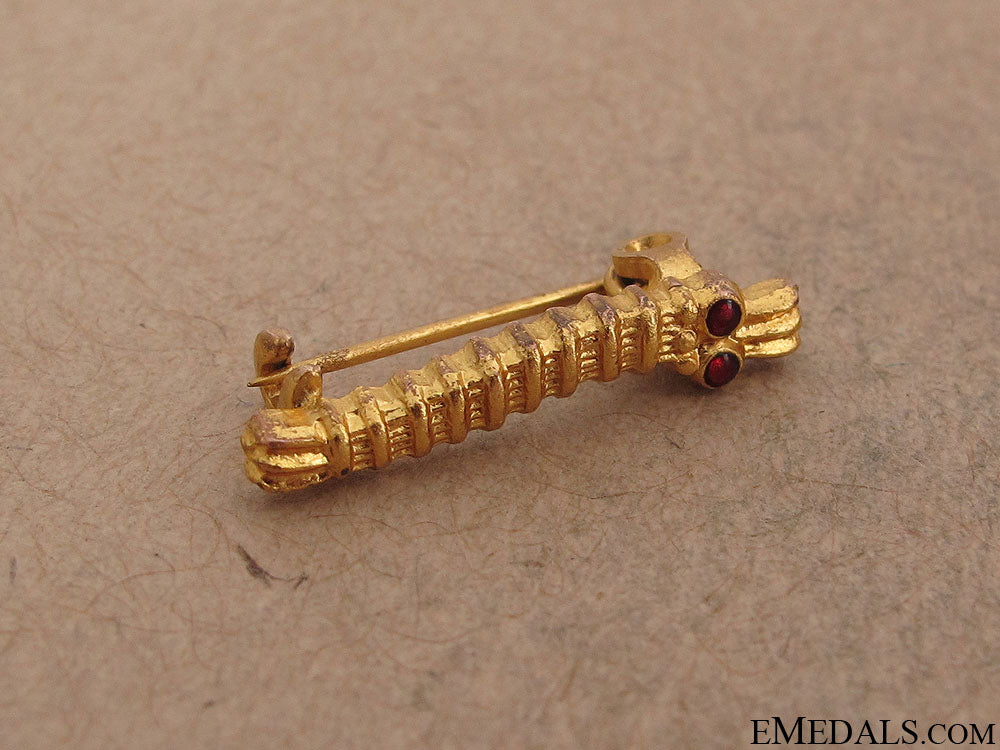
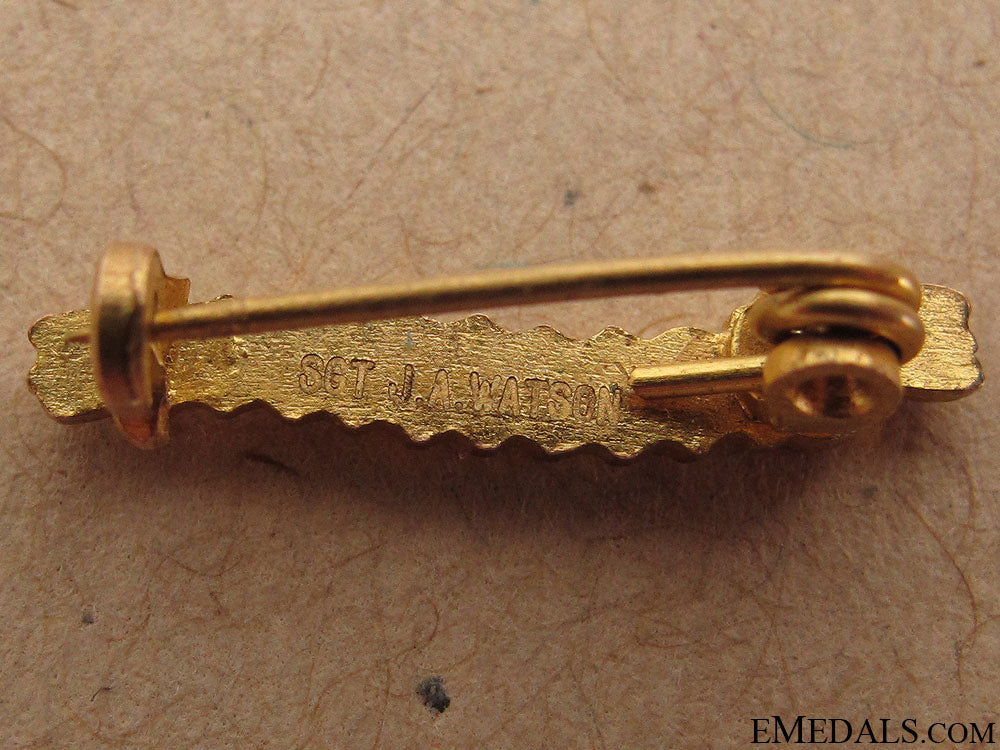
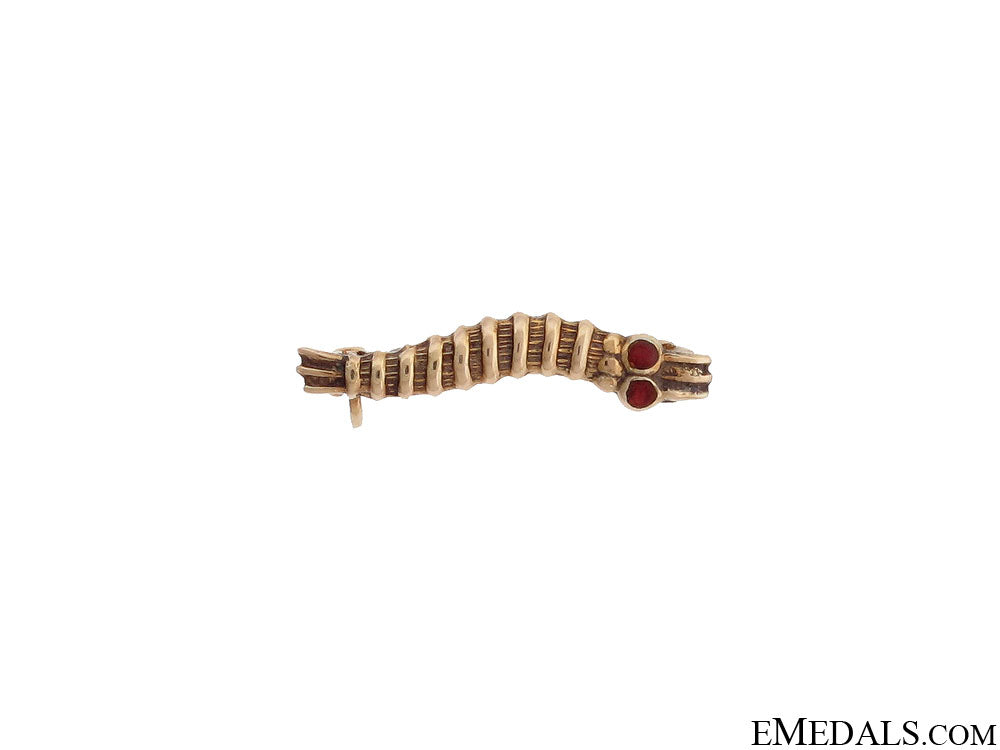
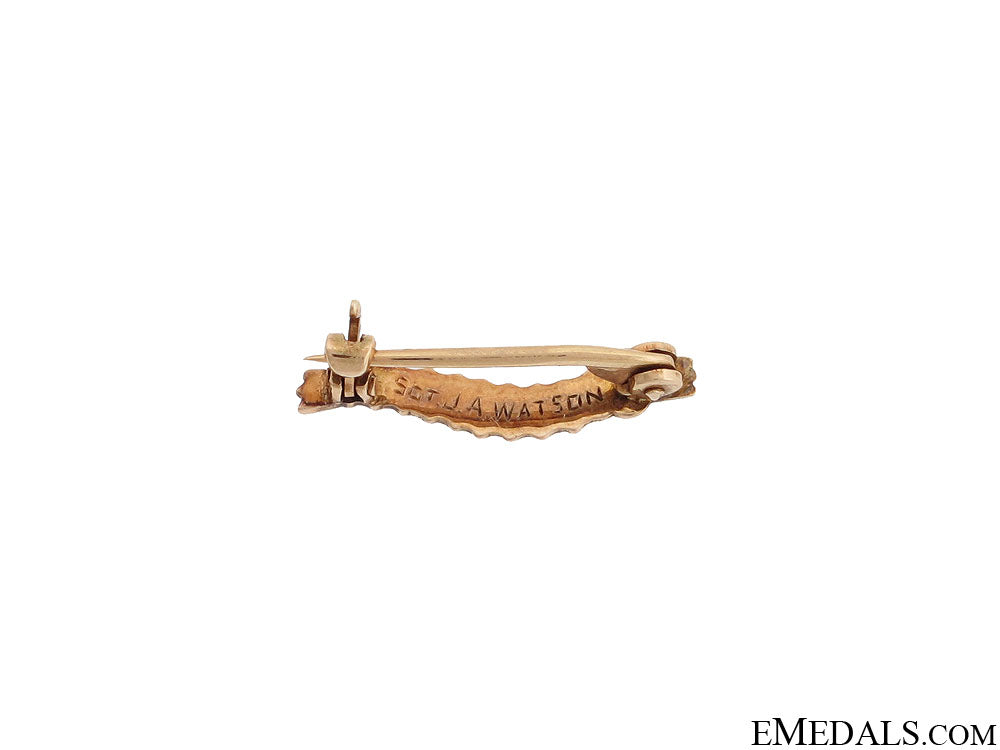
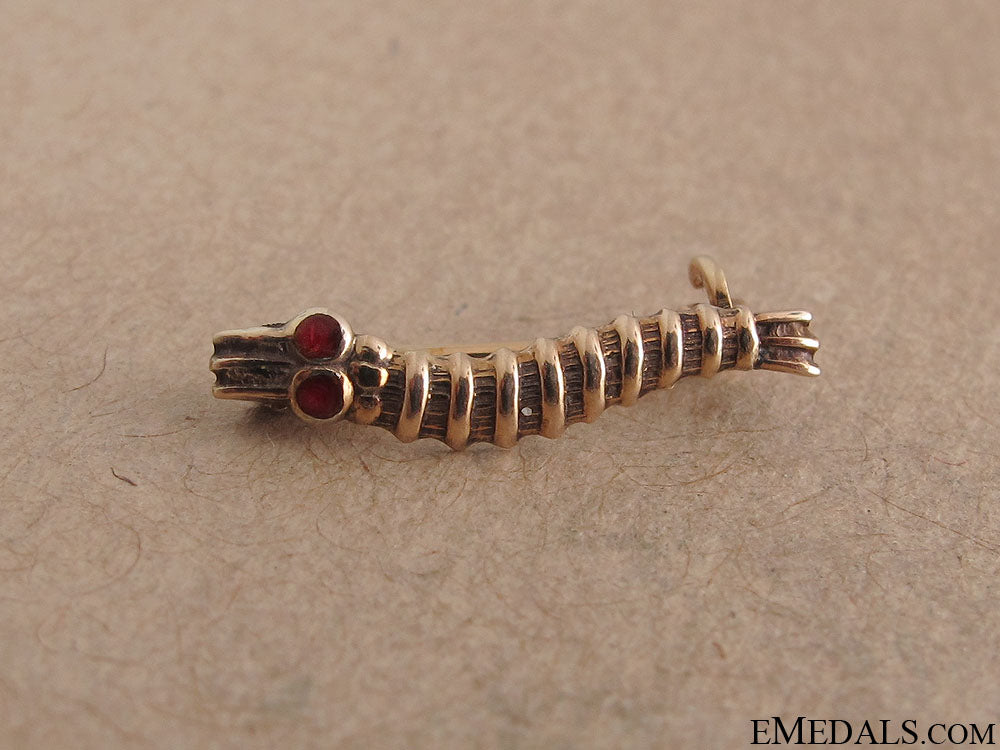
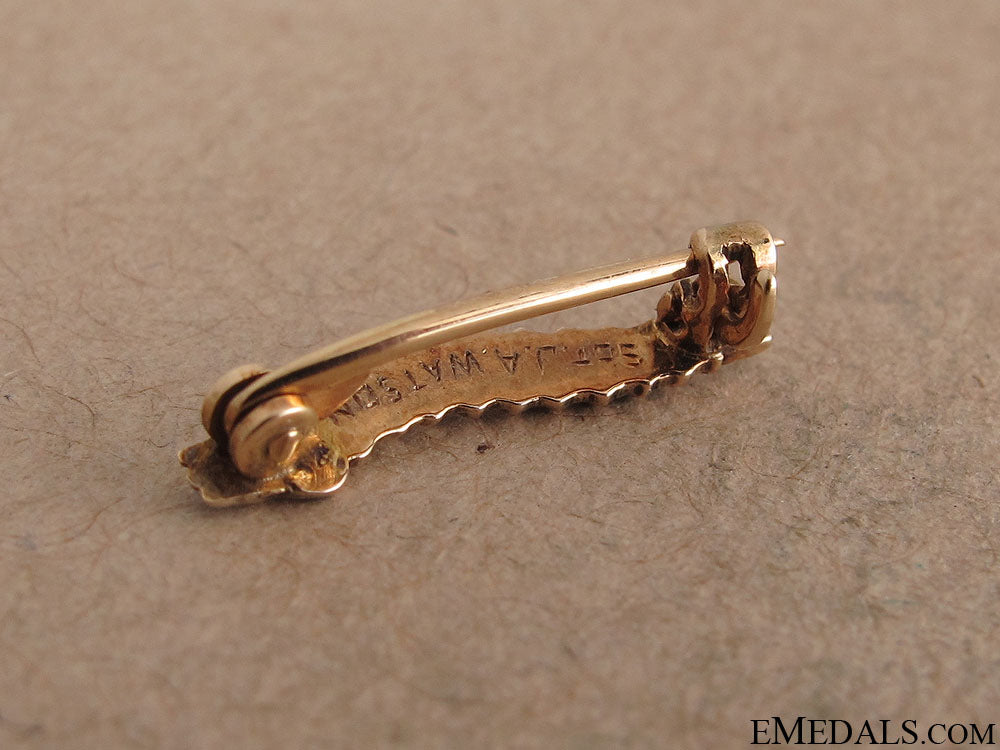
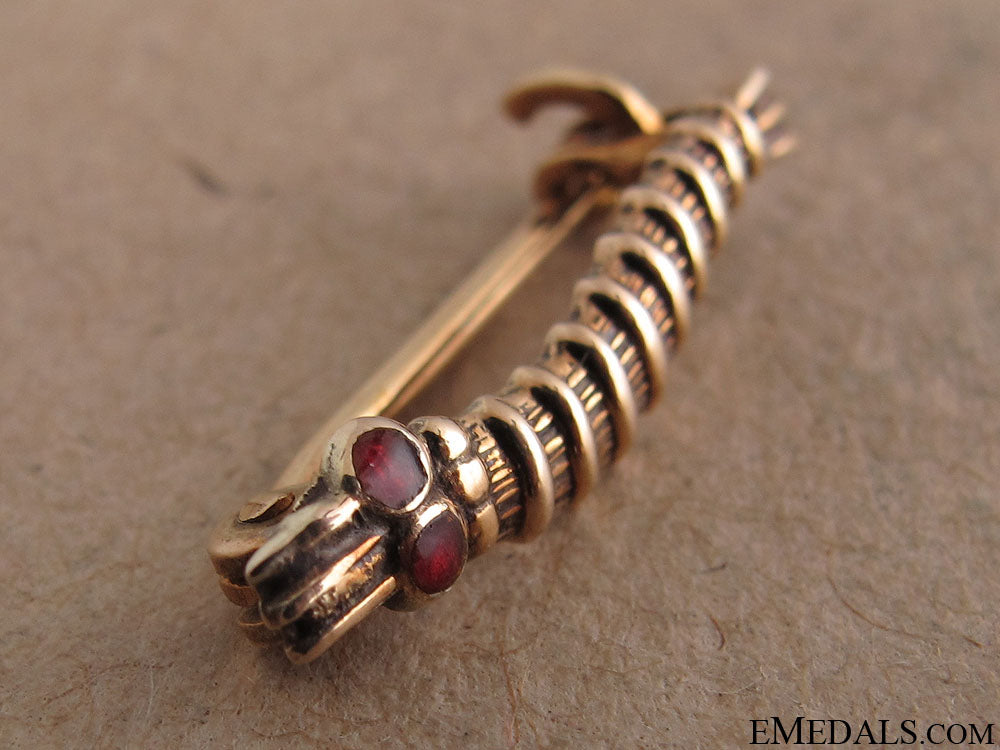
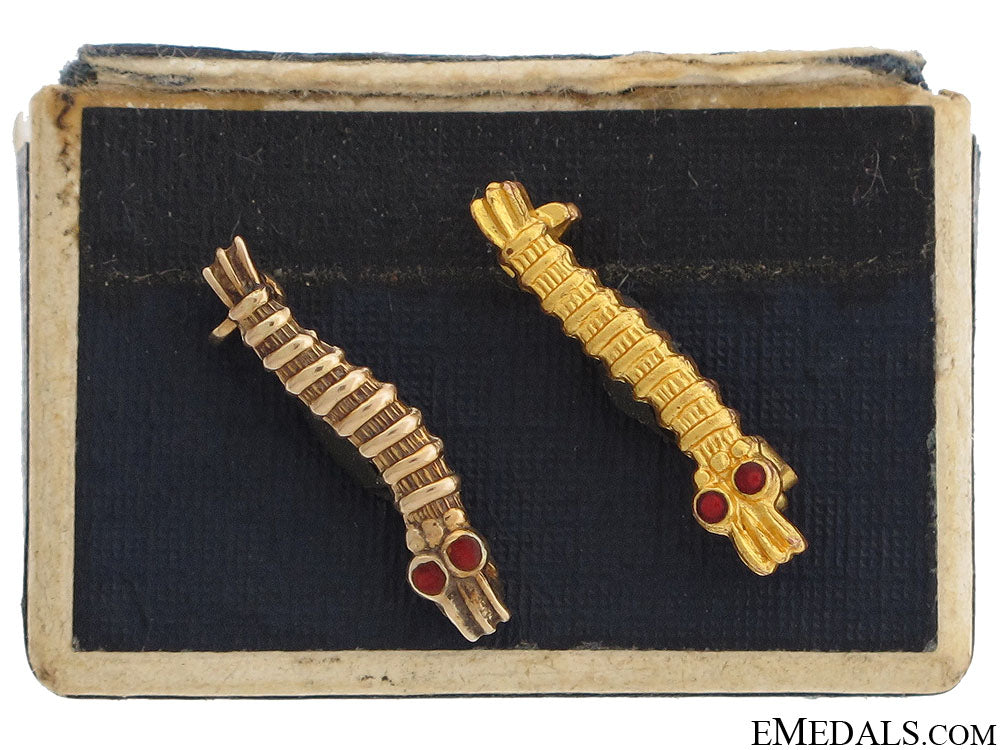
Two Caterpillar Club Pins To Sgt. Watson Raf
Two Caterpillar Club Pins To Sgt. Watson Raf
SKU: ITEM: GB2601
Current Bid:
Your Max Bid:
Bid History:
Time Remaining:
Couldn't load pickup availability
Shipping Details
Shipping Details
eMedals offers rapid domestic and international shipping. Orders received prior to 12:00pm (EST) will be shipped on the same business day.* Orders placed on Canadian Federal holidays will be dispatched the subsequent business day. Courier tracking numbers are provided for all shipments. All items purchased from eMedals can be returned for a full monetary refund or merchandise credit, providing the criteria presented in our Terms & Conditions are met. *Please note that the addition of a COA may impact dispatch time.
Shipping Details
eMedals offers rapid domestic and international shipping. Orders received prior to 12:00pm (EST) will be shipped on the same business day.* Orders placed on Canadian Federal holidays will be dispatched the subsequent business day. Courier tracking numbers are provided for all shipments. All items purchased from eMedals can be returned for a full monetary refund or merchandise credit, providing the criteria presented in our Terms & Conditions are met. *Please note that the addition of a COA may impact dispatch time.
Description
Description
Description
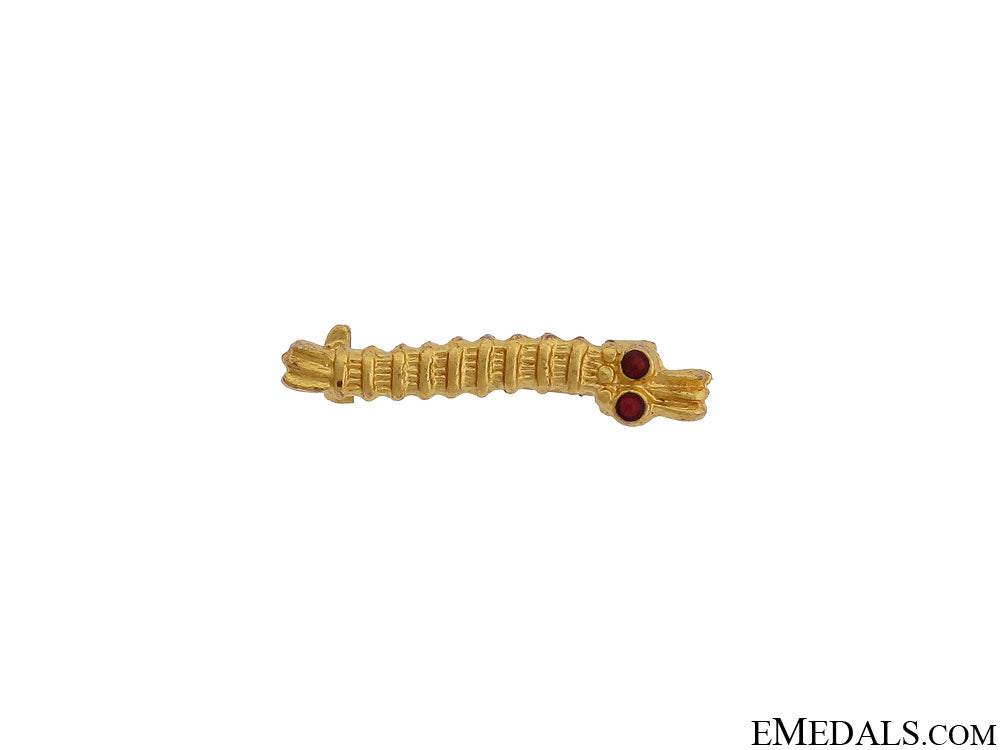

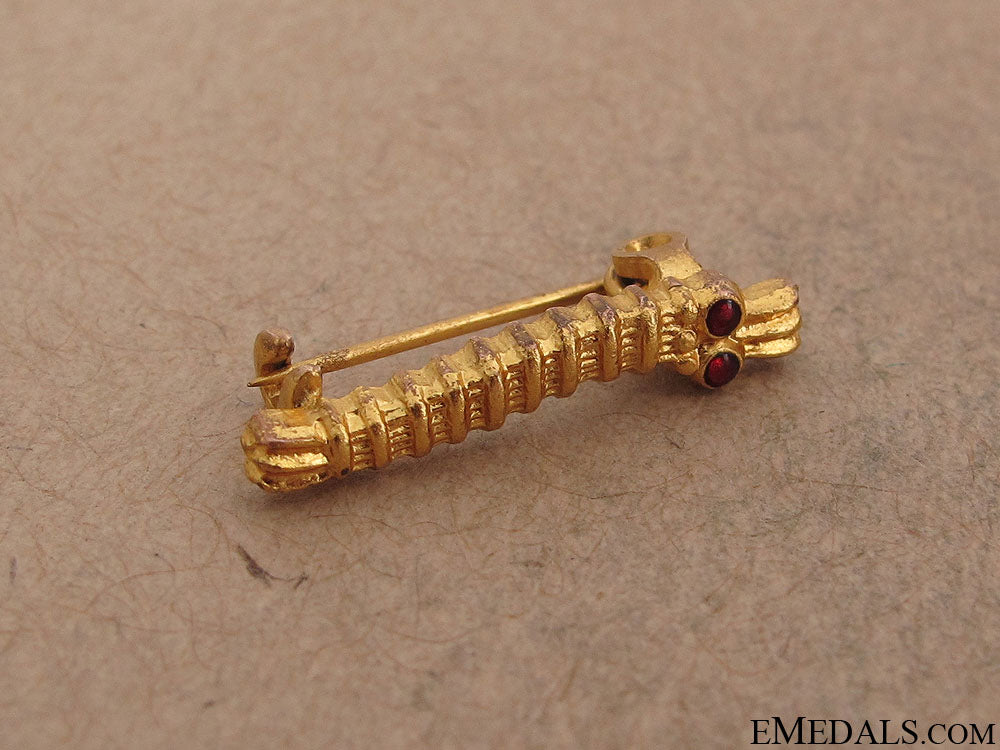


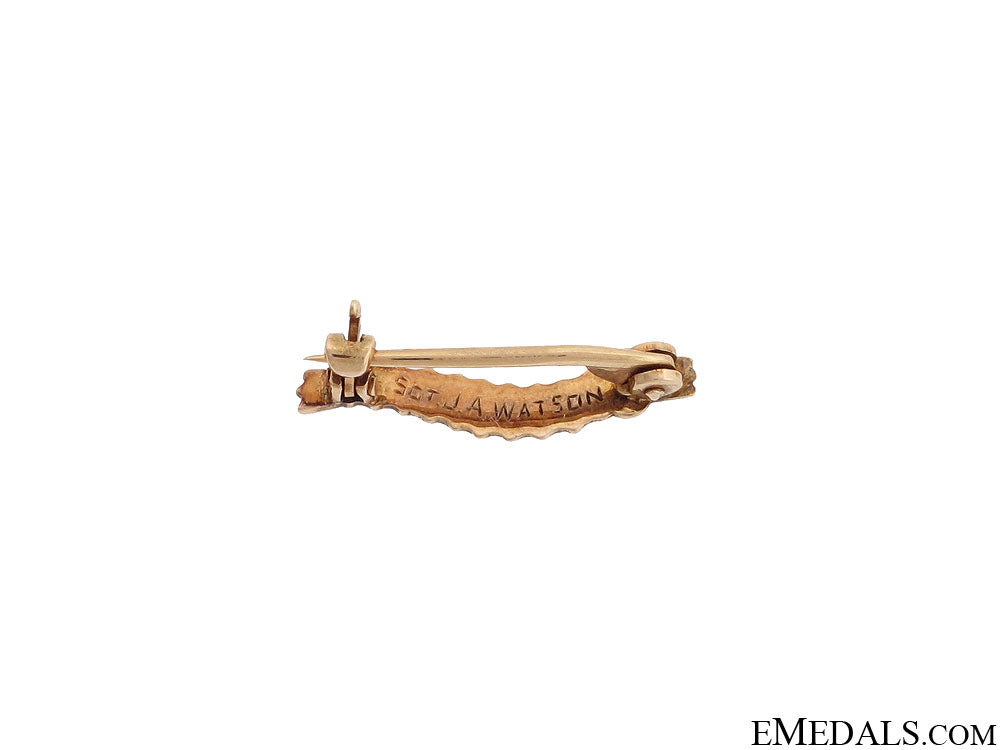
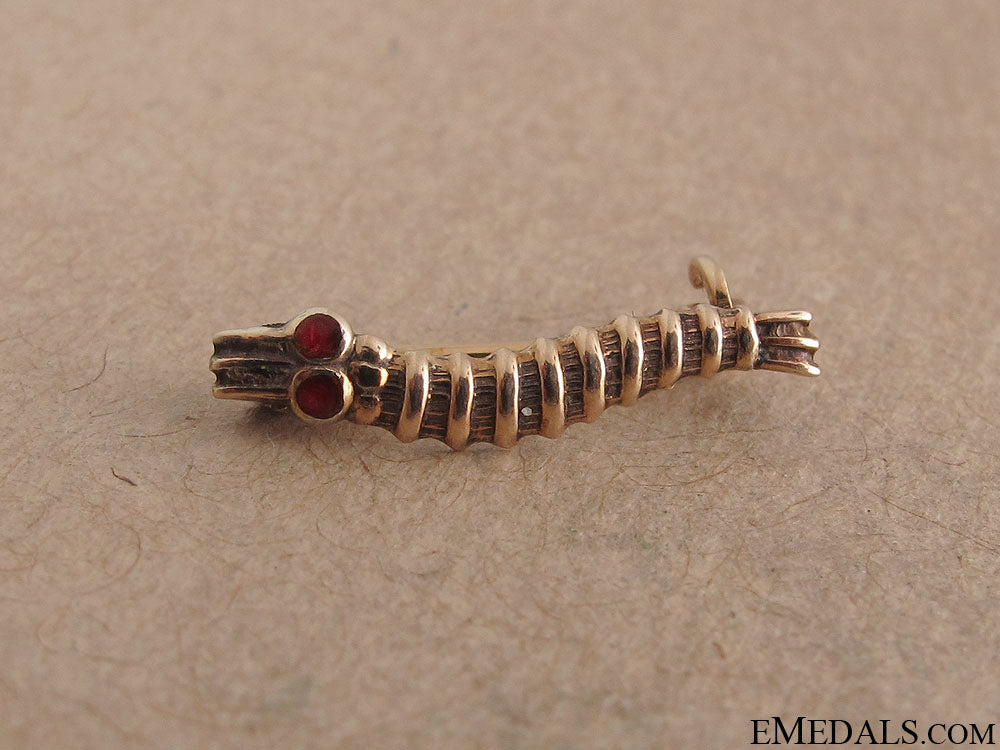



You May Also Like
Germany, Third Reich. A Mint Reichsverkehrsdirektion Kiev District Sleeve Insignia
G60373
Germany, Wehrmacht. A Civilian Auxiliary’s Armband
G60369
Germany, Heer. A Pair of Officer-Grade Breast Eagles
G58960
Germany, Wehrmacht. A Civilian Auxiliary’s Armband
G58956
Germany, Kriegsmarine. An Administrative Official’s Belt Buckle, by Friedrich Linden
G58947
-
Germany, Third Reich. A Mint Reichsverkehrsdirektion Kiev District Sleeve Insignia
G60373
Add to CartRegular price $108 USDRegular price $0 USD Sale price $108 USDUnit price / per -
Germany, Wehrmacht. A Civilian Auxiliary’s Armband
G60369
Add to CartRegular price $108 USDRegular price $0 USD Sale price $108 USDUnit price / per -
Germany, Heer. A Pair of Officer-Grade Breast Eagles
G58960
Add to CartRegular price $135 USDRegular price $0 USD Sale price $135 USDUnit price / per -
Germany, Wehrmacht. A Civilian Auxiliary’s Armband
G58956
Add to CartRegular price $108 USDRegular price $0 USD Sale price $108 USDUnit price / per -
Germany, Kriegsmarine. An Administrative Official’s Belt Buckle, by Friedrich Linden
G58947
Add to CartRegular price $108 USDRegular price $0 USD Sale price $108 USDUnit price / per
Do you have a similar item you are interested in selling?
Please complete the form and our client care representatives will contact you.
Sell Item



















